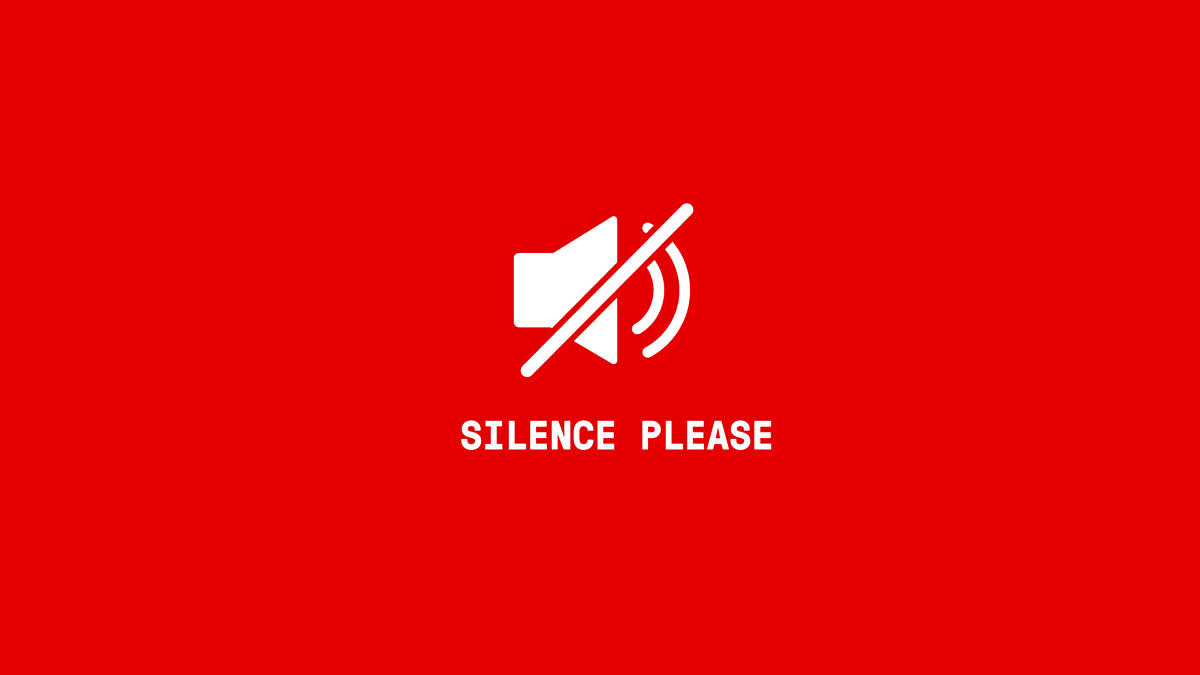Digital wellbeing: definition and tips
Digital wellbeing refers to the healthy consumption of digital media. Read here to learn how to achieve it.

Embracing the digital realm in moderation
Cake, wine, or digital networking – some positive things in life can be bad for us if we consume too much of them. For example, digital media entertains us, and social media helps us maintain friendships with people on the other side of the world. As is often the case though, the dose makes the poison. To enjoy the benefits of digitalization, we also need to put our smartphone or tablet away every now and again. That’s called digital wellbeing – and is also being taken seriously by the big digital players.
TikTok’s screen time limit for digital wellbeing
Digital wellbeing is a term that could cover a wide range of measures. TikTok, for its part, has introduced a screen time limit to promote healthy and sustainable use of its app. For users under the age of 18, the daily limit is automatically set to 60 minutes, after which they’re notified about how much time they have spent on the platform. That alone often encourages them to reflect on their use of the app.
However, teenagers aren’t the only ones with unhealthy habits – older users are also big fans of TikTok’s short videos and lose track of the time when scrolling through them. Users who want to tear themselves away can define a daily limit of 40, 60, 90, or 120 minutes in the “Digital Wellbeing” section of the settings.
Unlike the automatic limit, the self-defined timer can only be reversed by entering a passcode.
It’s therefore not just ideal for exercising self-restraint, but also for parents wanting to teach their children healthy habits for using TikTok.
Digital Wellbeing Index on Snapchat
To gauge and boost the digital wellbeing of its users, Snapchat measured its Digital Wellbeing Index for the first time in 2022. The data captured as part of that is being leveraged by the company to optimize the experience of its app’s users. The platform also offers various features for improving usage quality.
The “Here For You” tool is just one of Snapchat’s features for boosting digital wellbeing and offers help to users going through a mental health or emotional crisis. It does this by automatically displaying a whole host of resources and support when users search for a topic such as stress, depression, or suicide, letting them know that they’re not alone and that professional help is available.
Apps dedicated to your digital wellbeing
Digital wellbeing isn’t just an important issue on social media; spending too much time online in general can cause negative feelings. That has given rise to various tools in the app stores, which are mainly aimed at helping users reduce their screen time and digitally detox from their smartphone or tablet.
For example, Google’s “Digital Wellbeing” for Android and Apple’s “Screen Time” specifically analyze a user’s behavior and deliver data that gives them a realistic idea of their habits so that they can identify any problems.

The developers behind the “Forest” app had a great idea for rewarding digital detoxing. Whenever users put down their smartphone for prolonged periods of time, digital trees start to grow, which could eventually become an entire forest. The result can even be shared with friends as an additional incentive.
The “Attentive” app works by both visualizing smartphone usage and offering targeted blocking features. Information about usage is often all it takes to prompt changes in behavior. If that doesn’t work, users can go into the app and choose which apps they’d like to block and when.
Taking your behavior into your own hands
You don’t have to download a special app to establish healthy habits when it comes to everything that the digital world has to offer. If you’ve noticed that you’re probably spending too much time on your smartphone, you can often reduce it by taking a few simple actions.
Minimizing push notifications is a good start. If a particular app is proving to be a constant distraction, you can reduce or even switch off the notifications. Use your smartphone’s settings to define the apps that are truly important to you and those you want to be kept up to date on at all times.
Another tried-and-true strategy is to not take your mobile devices, including your smartphone, to bed with you.
It has been proven that people then fall asleep quicker and have better-quality sleep, giving them the energy they need for the next day and allowing them to lead a more fulfilling life. Healthy and sustainable smartphone usage can be as simple as that.
Healthily navigating the digital realm with digital wellbeing
From individuals to Google, TikTok, and other big companies – digital wellbeing is currently one of the most important topics in the digital world. While the possibilities presented by digitalization are constantly reaching new dimensions, more and more emphasis is being placed on tapping into these in an extremely conscious way. A healthy and sustainable approach to digital media ensures that users enjoy accessing it, keep coming back, and have a positive digital experience. With that in mind, digital wellbeing is in the interests of users as well as developers and digital companies.





